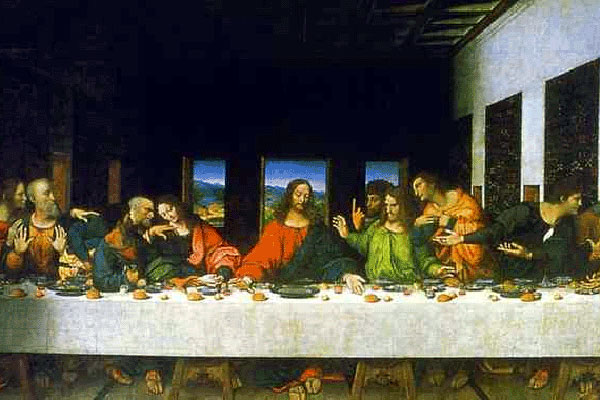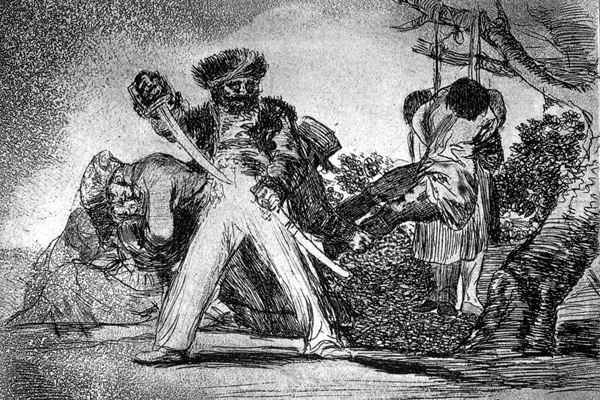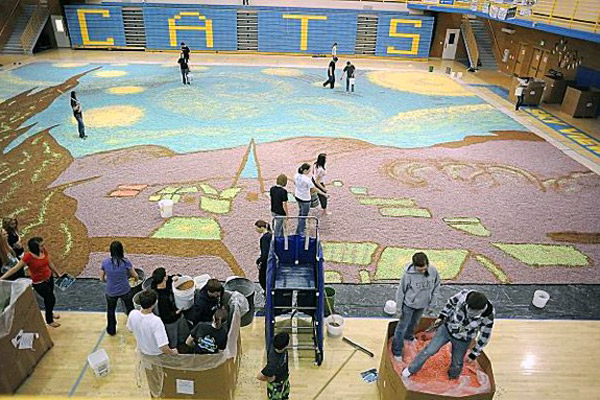
It’s no secret (or Papal conspiracy for that matter) that, on the whole, humankind is slowly evolving from the slim figure of the Vitruvian Man into something more resembling Homer Simpson. Yes, many people on this earth still live in Medieval conditions with bony, underfed bodies to match. But looking around the more familiar backdrops of, say, modern Rome or St. Louis, one finds rounded faces that make the Mona Lisa’s famously curved features seem downright waifish. Interestingly, a recent study by nutritionists and art scholars has revealed that the expansion of the human waistline has been followed by a corresponding increase in the portions of reproductions of the most famous meal in Western art, “The Last Supper”.

To be clear, we’re not saying that the portions on Leonardo da Vinci’s famous fresco in the dining hall at Santa Maria delle Grazie in Milan, Italy are actually growing before our eyes. That would be impossible (though delicious). Instead, the food and brand laboratory at Cornell University has studied the amount of food on the table in various versions of the last supper (also called the Mystical Supper) created over the last 1,000 years and found an increasing amount of edibles depicted. While first described in the Gospel of Paul as a simple communal dinner of bread and wine, researchers have determined through computer imaging and analysis of 52 paintings that the portions and variety of foods increased as Western civilization moved from loosely associated agrarian cultures to a system of global trade. So, again, art imitates life and, even when it comes to the body of Christ, humanity will always take a second serving.
Tagged with: Art art history food leonardo da vinci santa maria delle grazie science studies the last supper
 MUSEYON BOOKS Smart City Guides for Travel, History, Art and Film Lovers
MUSEYON BOOKS Smart City Guides for Travel, History, Art and Film Lovers

